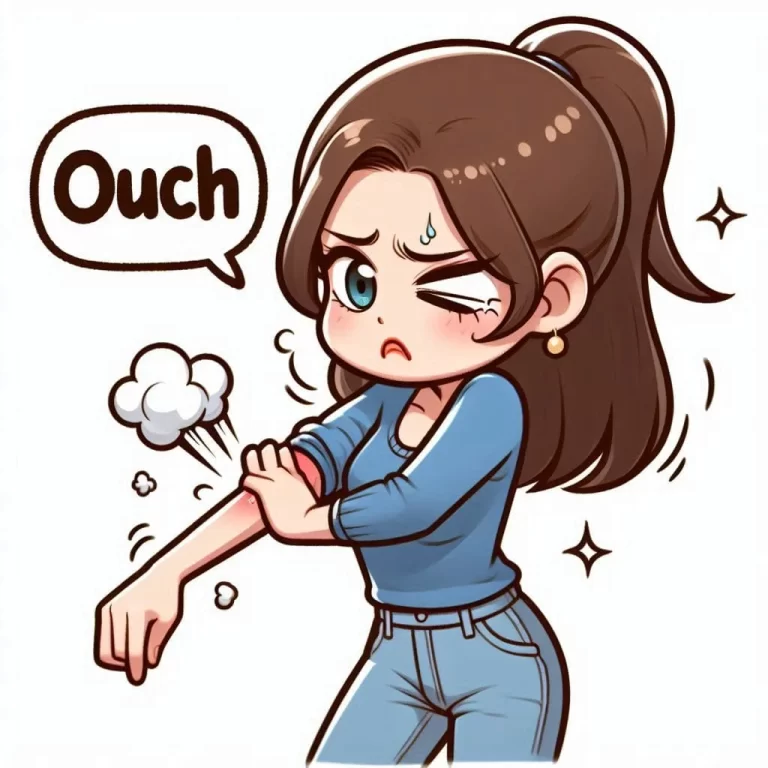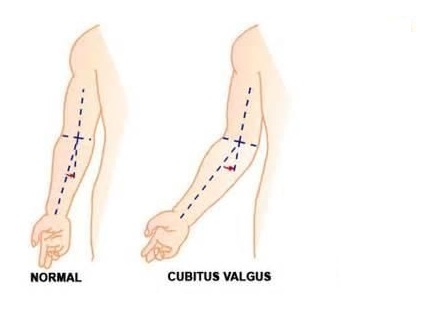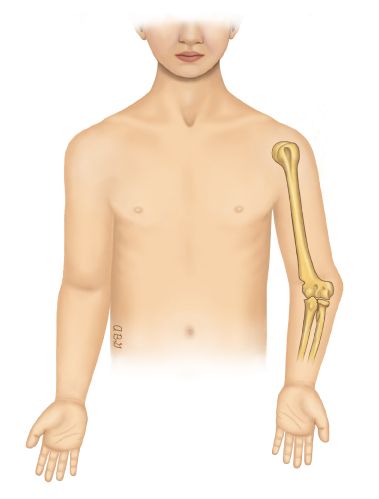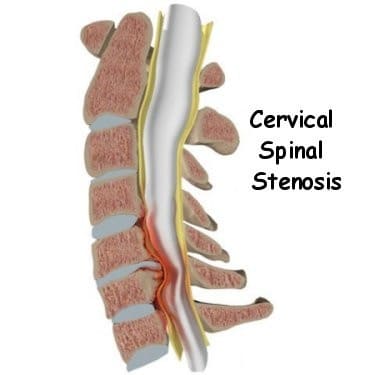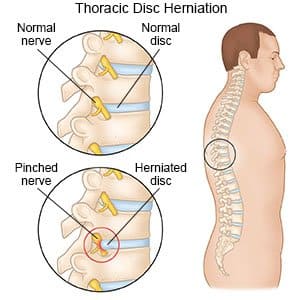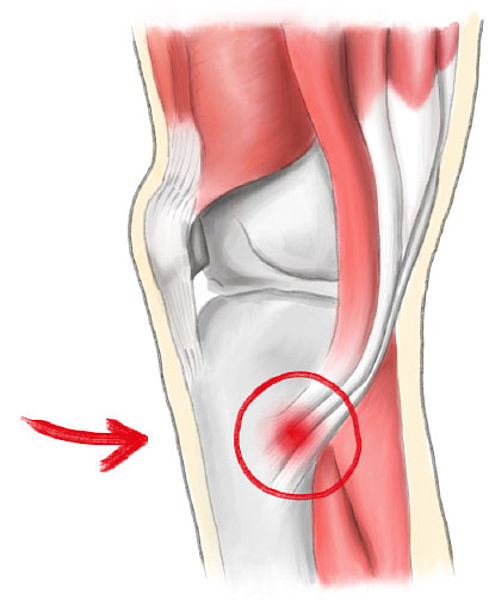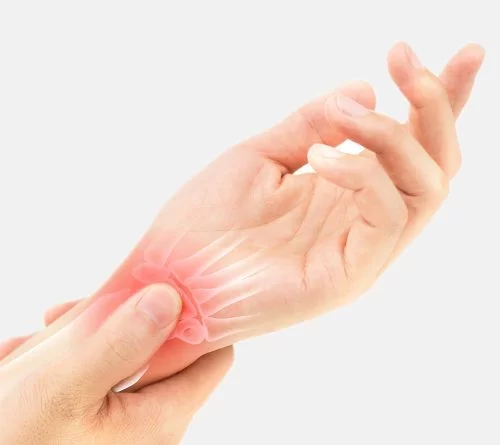Elbow Pain: Physiotherapy Treatment
What is an Elbow Pain? DEFINITION: ANATOMY OF ELBOW JOINT: OSTEOLOGY: There are three bones that comprise the elbow joint:-the humerus-the radius-the ulna. These bones give rise to two joints LIGAMENTS OF THE ELBOW JOINT: BLOOD SUPPLY AND INNERVATION: MOVEMENTS: Flexion Most of the muscles producing flexion are found in the anterior compartment of the…

